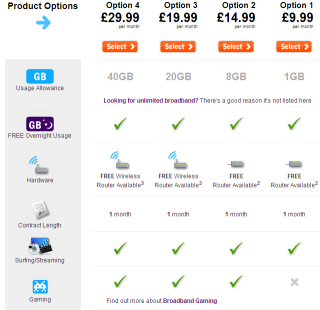Throttle me this: An introduction to DPI
Imagine a device that sits inline in a major ISP's network and can throttle P2P traffic at differing levels depending on the time of day. Imagine a device that allows one user access only to e-mail and the Web while allowing a higher-paying user to use VoIP and BitTorrent. Imagine a device that protects against distributed denial of service (DDoS) attacks, scans for viruses passing across the network, and siphons off requested traffic for law enforcement analysis. Imagine all of this being done in real time, for 900,000 simultaneous users, and you get a sense of the power of deep packet inspection (DPI) network appliances.
Although the technology isn't yet common knowledge among consumers, DPI already gives network neutrality backers nightmares and enables American ISPs to comply with CALEA (government-ordered Internet wiretaps) reporting requirements. It also just might save the Internet (depending on who you believe).
Ars recently had the chance to talk with executives from DPI vendors Ellacoya and Procera Networks about their offerings and how they are already being deployed around the world, and we got a look at the newest boxes on offer from each company. Their top-of-the-line products can set you back several hundred thousand dollars, but some of them can inspect and shape every single packet—in real time—for nearly a million simultaneous connections while handling 10-gigabit Ethernet speeds and above.

That's some serious horsepower, and when major ISPs deploy these products in their networks, they suddenly know a whole lot more about their users and their traffic. They also gain the ability to block, shape, monitor, and prioritize that traffic—in any direction. That makes it suddenly simple to, say, prioritize all incoming traffic from any web site that has handed over a briefcase stuffed with unmarked bills while leaving every other site to fight its way through the tubes as best it can.





 Loading comments...
Loading comments...
